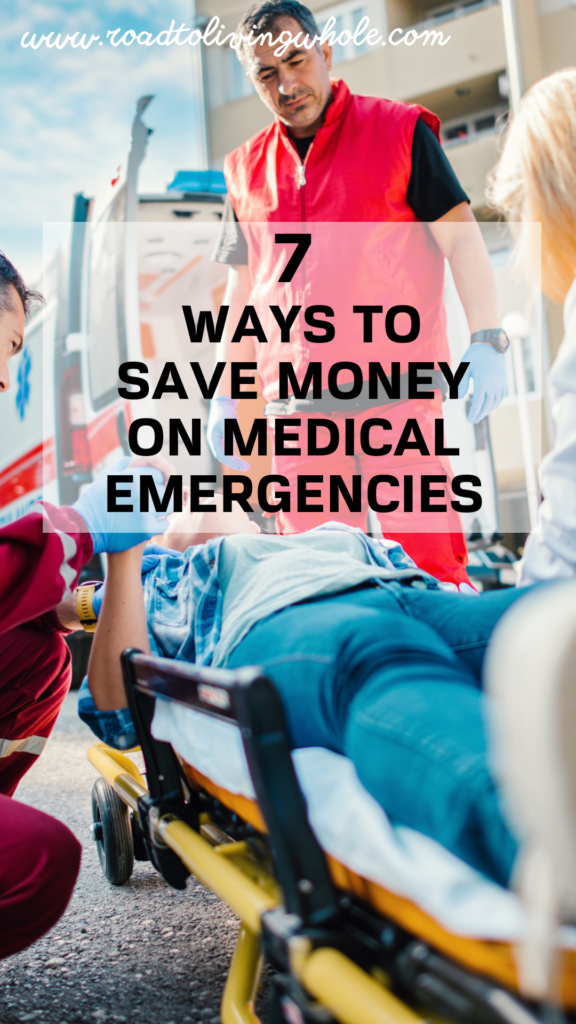There are some forms of medical treatment that you can plan for. In these cases, you may be able to shop around for treatment to save costs. With medical emergencies, you don’t always have this option. However, you can still save money on emergency treatment. Below are a few tips for saving money on medical emergencies.
Take out the right health insurance cover
A good health insurance plan will cover most costs during an emergency visit. In fact, insurers are bound by The Affordable Care Act to cover treatment regardless of whether you get approval beforehand. Of course, arguments can be made as to what is considered an emergency, so it’s worth looking into exactly what is covered before taking out an insurance policy. Treatment relating to certain health problems may also not be covered, which is worth looking into.
Be careful of choosing a high deductible plan
A high deductible plan can come with cheaper monthly rates. However, in the event of treatment, you may be expected to pay more out of your own pocket. Be careful of setting your deductible too high if you haven’t got savings set aside.
Store up some emergency savings
It’s worth having some savings set aside to cover your deductible and any other expenses that may not be covered by your insurance. A Health Savings Account can be a great way to build these savings – this allows you to contribute tax-deductible earnings to use for medical expenses ranging from medical emergencies to over-the-counter medicine.
Choose urgent care – not the ER
You always should visit your local hospital emergency room if it’s truly a life-or-death emergency. However, many other emergencies including injuries like broken bones and animal bites can be treated at an urgent care unit. Urgent care is typically much cheaper and you may even get seen too more quickly.
Use an Uber, not an ambulance
When going to the hospital, an ambulance is generally only necessary for life-threatening health problems. Avoid taking an ambulance if you don’t need urgent care. Ambulance fees can cost as much as $1000. Getting an Uber (or better still, asking someone to give you a lift) could save you a lot of money.
Look out for 0% interest loans/credit cards
Borrowing money to cover medical expenses isn’t ideal, but in some cases it can be the best way of affording treatment. When looking for a method of borrowing, avoid high interest loans and credit cards. There are loans and credit cards out there designed to help fund medical expenses that charge no interest fees (unless you default on payments). Try to shop around for these before paying your bill.
Always double-check your medical bills
Medical billing errors do occur. It’s worth always checking your bills to make sure that no expensive mistakes have been made. A medical bill should ideally be itemized so that you can check every individual cost. Look out for any unusual items on the bill such as duplicate items or treatment that you don’t remember









